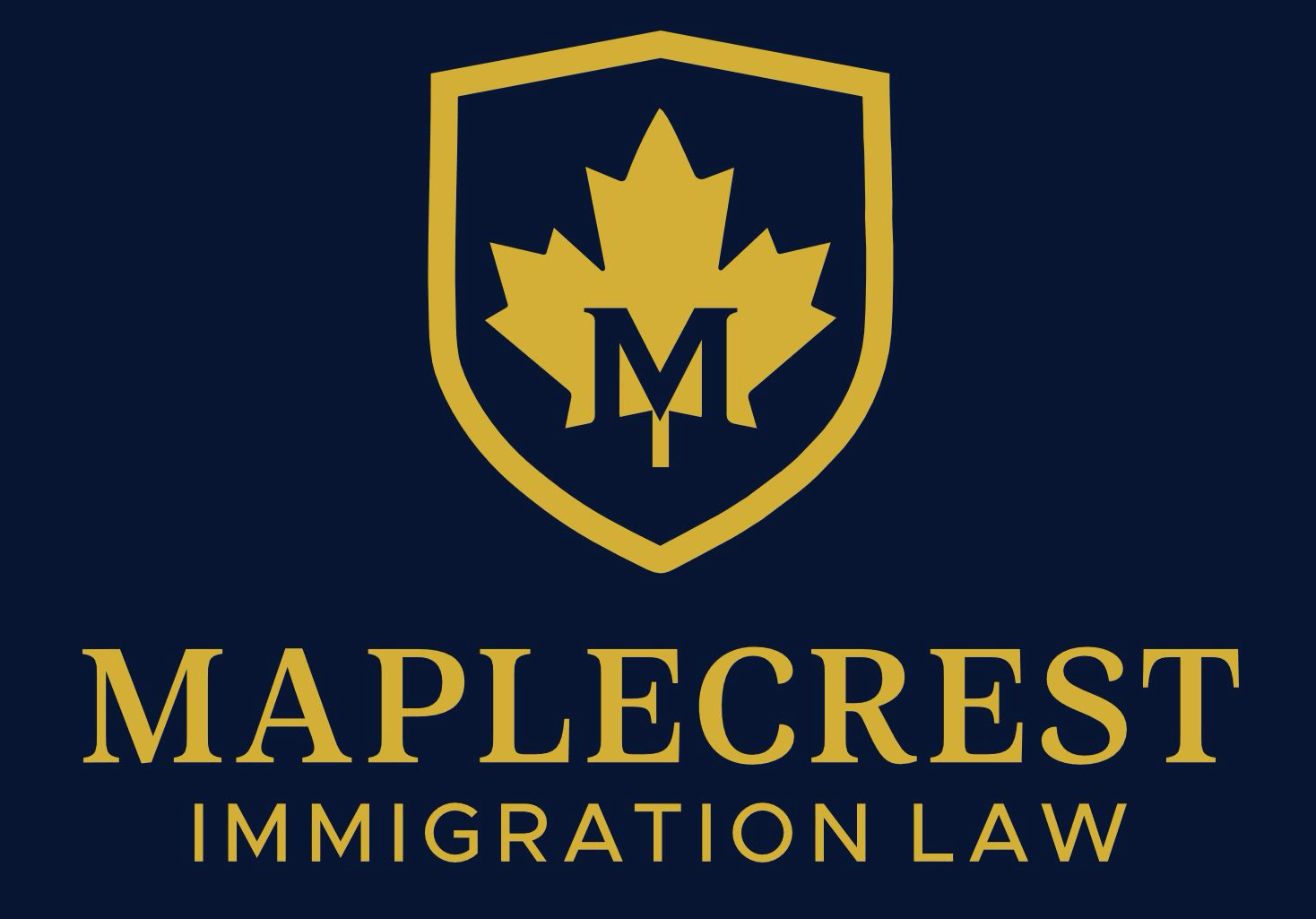Overview of the Updated Work Permit Policy
Work Permit: Canada introduced a new public policy on June 4, 2025, to modernize its temporary foreign worker system. The policy lets eligible applicants start a new job immediately after they file a work permit application. This latest development removes the waiting period that previously forced workers to pause their employment until Immigration, Refugees and Citizenship Canada (IRCC) approved the application.
The federal government designed this change to boost flexibility for temporary foreign workers. It aims to reduce costly employment gaps. It also helps employers fill open roles faster. Finally, it improves financial stability for workers on a work permit.
Who Qualifies for the New Work Permit Flexibility?
Canada’s new measure applies to three specific groups of foreign workers:
Maintained Status Holders
-
Definition: Workers whose work permit expired but who filed a renewal application before expiry.
-
Old Rule: They had to follow terms of the expired permit and could not switch jobs.
-
New Rule: They can start a new job linked to a filed application.
Valid Work Permit Holders Seeking Job Change
-
Definition: Workers holding employer-specific or occupation-specific permits.
-
Old Rule: They needed to wait for a new permit before moving to another role.
-
New Rule: They may begin their new job once they submit a fresh application.
Newly Permit-Required Workers
-
Definition: Workers in roles formerly exempt from a work permit who now need one for a different job or employer.
-
Old Rule: They faced delays until they received formal approval.
-
New Rule: They may start work after filing for the required work permit.
Programs Covered by the Work Permit Update
The temporary policy spans roles under two key programs:
-
Temporary Foreign Worker Program (TFWP)
-
International Mobility Program (IMP)
If an employee has a valid job offer and submits application under TFWP or IMP, they may begin work at once.
For full program details, see the IRCC pages for the TFWP and the IMP.
Eligibility Summary Table
| Eligibility Group | Who They Are | New Flexibility |
|---|---|---|
| Maintained Status Holders | Permit expired; renewal applied before expiry | Start new job after application submission |
| Valid Work Permit Holders | Employer-specific or occupation-specific permit holders | Switch jobs on filing new application |
| Newly Permit-Required Workers | Roles exempt under old rules; now need a permit | Begin work after submitting the required permit request |
Step-by-Step Guide to Applying for Work Permit under the New Policy
Canada’s new rule simplifies the process. Follow these steps to start your new job fast:
-
Secure a Job Offer
Obtain a valid job offer letter from a Canadian employer. Ensure it specifies the role and wage. -
Gather Required Documents
-
Copy of current or expired work permit
-
Renewal receipt or new application forms
-
Employment offer letter
-
LMIA or LMIA-exempt offer (if under TFWP or IMP)
-
Passport and ID documents
-
-
Submit Your Work Permit Application
File online through the IRCC portal. Choose the category that matches your status (TFWP or IMP). -
Start Your New Job
After you submit, begin working under the new employer. You do not wait for final IRCC approval. -
Await IRCC Decision
IRCC will process as usual. Keep your application receipt on hand. Complete any follow-up steps they request.
For application details, consult the IRCC’s Guide to Applying for a Work Permit.
Benefits of the Latest Work Permit Change
Canada’s policy update delivers clear gains:
-
Fewer Employment Gaps
Workers no longer face unpaid downtime between roles. -
Faster Hiring for Employers
Companies gain quicker access to skilled talent. -
Improved Worker Stability
It boosts income continuity for foreign workers holding a work permit. -
Easier Career Growth
Foreign nationals can pivot to better roles without delay.
Potential Challenges and Considerations
This policy offers major benefits. Yet, applicants must mind these points:
-
Employer Compliance
Employers must confirm the job offer meets IRCC standards. -
Document Accuracy
Incomplete or incorrect submissions might void the new flexibility. -
Renewal Timing
Workers on maintained status should file before expiry. -
Provincial Variations
Certain provinces may require extra steps or fees. Always check local rules.
Impact on Canada’s Labor Market
This policy aims to balance labor demand and supply. Here is a quick snapshot:
-
Sector Focus: Healthcare, IT, agriculture, construction
-
Worker Profile: Skilled professionals, seasonal workers, specialized trades
-
Geographic Reach: All provinces and territories
Analysts predict a faster match between job openings and qualified candidates. This can lower vacancy rates. It can also raise retention for skilled foreign workers on a work permit.
FAQs
What is “Maintained Status”?
A worker whose permit expired but who filed renewal before it lapsed. Under the new measure, they may switch jobs after they file.
Can I Change Employers Immediately?
Yes. Once you submit a new work permit application under TFWP or IMP, you may start work at once.
Do I Need a Labor Market Impact Assessment (LMIA)?
If your role falls under TFWP, your employer typically needs an LMIA. Under IMP, many job offers qualify for LMIA exemption. Check IRCC’s LMIA Guide.
What Documents Must I Provide?
-
Valid passport copy
-
Current or expired work permit
-
Proof of application (receipt)
-
Employer’s job offer letter
-
LMIA or exemption evidence
How Long Does IRCC Take to Decide?
Processing times vary. Check updated timelines on the IRCC processing times tool.
Tips for a Smooth Application
-
Verify all form fields match your passport.
-
Scan and upload clear, readable documents.
-
Keep digital and printed copies of your submission receipt.
-
Monitor your IRCC online account for messages.
-
Contact your employer for any missing information.
Key Takeaways
Canada’s June 2025 policy change gives temporary foreign workers faster access to new jobs. It cuts waiting time and reduces income loss thereby helping employers fill roles without delay.
Foreign nationals on maintained status, valid permit holders, and newly permit-required workers all gain immediate work rights. They must secure a job offer, file an application, then start work at once.
This update strengthens Canada’s labor market. It boosts flexibility and supports migrant workers’ financial security. It also aids employers across industries.
For the latest guidelines, always refer to the IRCC’s official Work in Canada portal.
This article provides in-depth insight on the new work permit rule. Stay informed to leverage this policy and advance your career in Canada.
Maple Crest Immigration Law
Ready to take the next step in your Canadian immigration journey? Contact Maple Crest Immigration Law today for a personalized, no-obligation consultation. Our experienced team will assess your case, outline your best pathway, and handle every detail—so you can focus on building your future. Don’t wait on complex paperwork or changing rules:
Schedule a consultation session at Maple Crest Law
Let Maple Crest guide you toward a successful visa or work permit application—reach out now and make your Canadian dream a reality!




